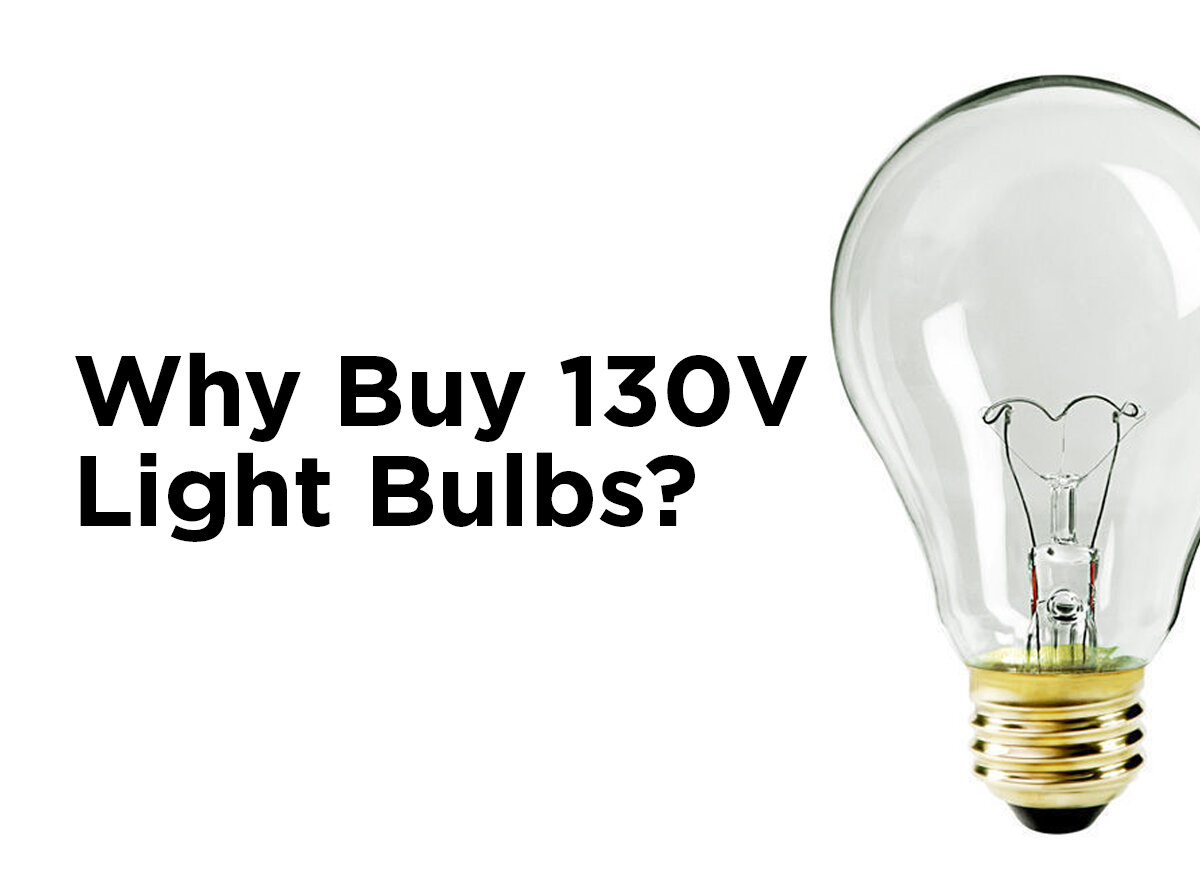The Return of Vintage Light Bulbs
In designing a space, antiques such as furniture and art are typically the go-to considerations for emulating vintage styles; and yet, perhaps the most critical element of period-specific aesthetics is found in lighting. At the surface, some might consider this to just be a matter of “how bright you want the room”, but lighting is comprised of everything from the physical construction of a fixture to the luminance, warmth, and power consumption of individual bulbs. Vintage lighting and décor has ever been a provider of style and class, with old-school aesthetics granting a personable charm to storefronts, an adventurous mood to dining, and a timeless sense of character to our homes.
This visual ambiance is able to immediately communicate the purpose and personality of a space, from the bright fluorescents of a corporate office to the dim yellows of a study. Society has experienced a steady revival of vintage appreciation – particularly for Art Deco and Industrial Victorian styles – which is often accompanied by the warm, yellow glow of complex carbon filaments (typically emitting light at a color temperature of 2200K). A number of restaurants such as Miami’s Yardbird and Toronto’s Guu Izakaya are well known specifically for their vintage style, which incorporates Edison bulbs and exposed carbon-filament fixtures.
Steady reproduction of these antiques has been ongoing for decades, but it wasn’t until the 2007 EISA banning of low-efficiency light bulbs and the accompanying push for compact fluorescents that these vintage Edisons regained their popularity. With existing bulbs of certain wattages limited in sale to only what inventory had already been produced, decorators began to search for alternatives. Those who used the spiral-form compact fluorescents, which are more focused on energy-efficiency than style, complained that they clashed with restored antique fixtures (some even causing a green color shift). As a result, many interior designers have turned to stockpiles of Edison reproductions for their lighting needs. While these 19th century replicas provide high quality lighting and the warm glow that so characterizes vintage charm, this choice in style has been criticized for the high demands it places on energy consumption and air conditioning.
It’s not uncommon for these antiques to pull a massive 100 watts of power which, when replicated across a large space such as a storefront or restaurant, can become both costly and environmentally unconscionable. While most Edison reproductions and other antique bulbs normally pull 75 watts or more, LEDs replicating the Edison style require less than a tenth of that amount, and have become a popular alternative for many consumers. At the time of the EISA restrictions, LED replicas of antique bulbs simply could not produce similar light to that of their high-power predecessors, and were summarily disregarded by vintage-style locales. Now, LED bulbs are able to mimic the light and style of the classy vintage Edisons while lasting an incredible 15,000 hours (five times longer than their 60-watt equivalent).
Thanks to the advances in LED bulbs, our desire for vintage styles doesn’t have to come with the caveat of mismatched lighting and energy inefficiency. Now you can light your business or home with a warm glow right out of the 1880s, properly complimenting period-specific décor while keeping the electric bill low and remaining environmentally responsible. With years of history and style ready to create your perfect aesthetic, we’d love to know how you have used or experienced vintage-style bulbs and lighting. Let us know in the comments, or send us examples of your own lighting on Facebook, Twitter, LinkedIn, or Pinterest!
Article courtesy of Richard Wirth.






